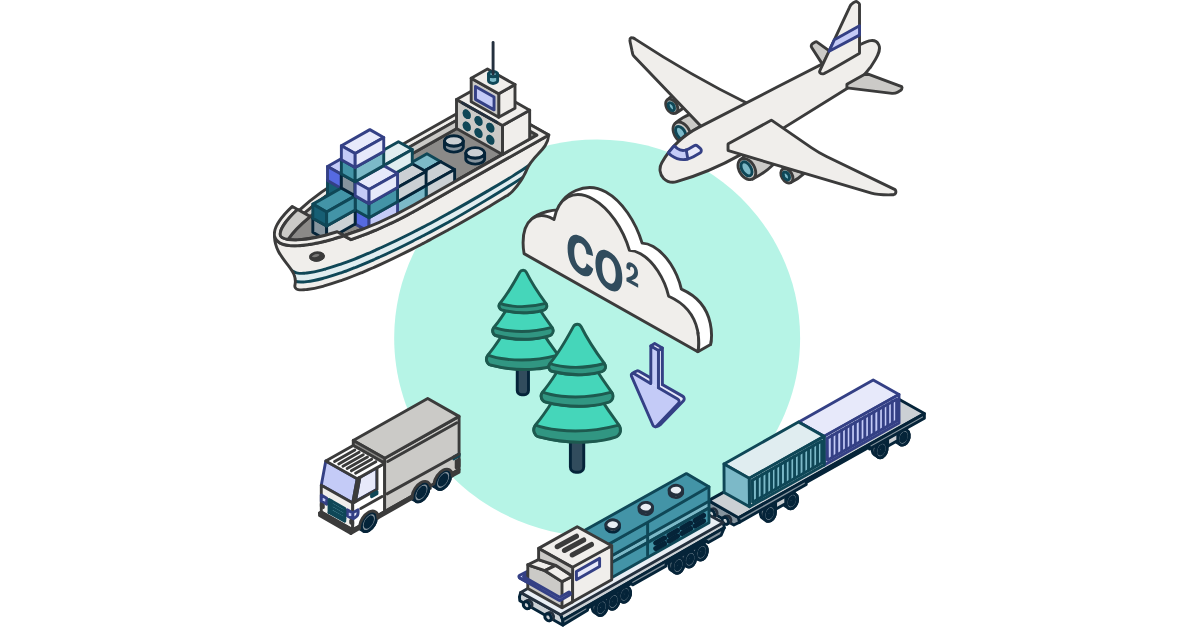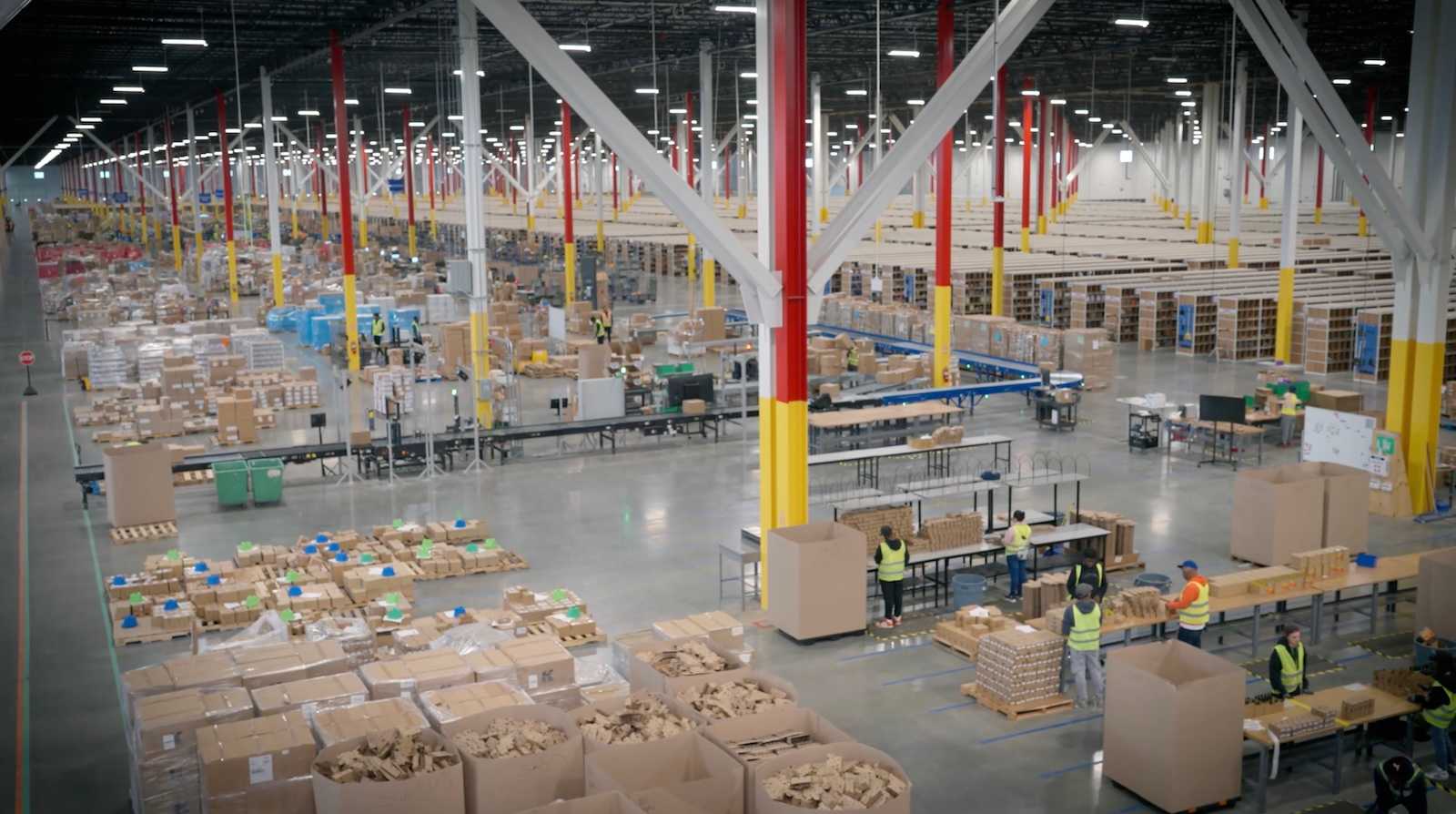
September 10, 2024
Technology Has Forever Changed the Trucking Landscape. Here’s What That Means for Brokers.
The freight brokerage industry is undergoing dramatic changes, scaling through the pandemic years to $160 billion in total freight moved domestically. To date, billions of dollars have been invested in technology—innovations that accelerate the savvy and disrupt the complacent. Alongside the freight brokerage industry at large, entrepreneurial “app-centric” small carriers are taking ever more share.
Even so, the industry is just now emerging from the longest bear market on record. For today’s brokers, several questions loom large: How can I avoid the industry’s rampant fraud? How can I lower my operating costs to stay competitive? How can I ensure that I’m well-positioned to take action when the market inevitably flips again?
A Cost Efficiency Revolution
According to benchmark data from Isometric Technologies (ISO), a leading source of supply chain performance insights, the average cost to serve in 2023 was $153.28. Today, digitally empowered models can move spot freight at a fraction of that cost. The advent of no-touch app-driven load management enables the most leading-edge brokers to cut their total operating expenses in procurement by reducing 90% or more of the touches on freight moved in-app, allowing an order-of-magnitude reduction in OpEx.
How is this possible? The elimination of duplicate work. With an app in hand, a driver can book, automatically track, and close out a shipment—without a single call, fax, or email. And while traditional brokerage models are constrained by how many calls an operator can make, digital platforms scale limitlessly, reaching tens of thousands of drivers in the blink of an eye. Freight and capacity are just a few clicks away, no matter where or when.
It’s a one-way door: app-centric carriers aren’t returning to phone calls, spreadsheets, and the manual clutter of old. App-centric carriers have transformed their whole business model. How are you adapting? Are you positioning your business to benefit, or are you waiting it out?
A Quick History Lesson
The modern freight broker is a relatively recent (and uniquely American) creation. It all began with a select group of trailblazers:

The industry’s core operating model is undergoing its most dramatic shift in decades. To make sense of where we are today, let’s examine the dominant operating models: the Cradle to Grave (C2G) and Chicago models.
The Traditional Approach: Cradle to Grave
In the Cradle to Grave model, a single individual or squad owns the full life cycle of a load, from the cradle to the grave. That includes pricing, tender acceptance, load building, load booking, and full load life cycle management. A representative manages both shipper and carrier engagement, along with load coverage for their managed shippers.
An Evolution: The Chicago Model
The Chicago model involves more specialized roles, splitting organizational ownership between the shipper and carrier sides.
- The shipper side: Account managers engage directly with shippers and facilities. They help drive successful load execution, collaborating with their carrier team partners throughout.
- The carrier side: Carrier representatives own all contact with carriers across booking and load execution, and handle load coverage and effective buys (to achieve lower carrier costs). Typically, a representative will build a portfolio of 20-30 reliable carriers, who they’ll call each day to book freight and negotiate rates.
C2G vs. Chicago

Other Models: Agent, Asset, and Shipper-Attached Brokerages
There are as many models as there are brokerages—each containing common elements or blends of the C2G and Chicago models.
- Agent models, including Armstrong and Mode, are often C2G-based. Typically, each office prioritizes their own shipper relationships, but with processes and tools that enable capacity-sharing across offices.
- Asset models are typically Chicago-style, with a shipper side that’s partially outsourced to an asset division or a corporate transportation team. Asset brokerages are often part of a broader service offering, and can provide an asset backstop by offering capacity when assets aren’t available.
- Shipper-attached models are often rooted in the Chicago approach. Such brokerages are often founded on three factors:
1: Shippers allocate a significant percent of their freight to brokerages.
2: Operationally, brokerages are hyper-charged expansions of shipper load planning and procurement teams, so the tools and processes are robust extensions of what the shippers already do.
3: Broker margins could be shipper savings.
Shipper brokerages are often less commercially oriented, with a focus on direct or vendor freight. They also tend to lack the aggressive commission incentives of standalone brokers.
The Future: The Digitally Empowered Model
Alongside their attendant amalgamations, the C2G and Chicago models have laid the groundwork for a hyperdigital future. Indeed, carrier apps have exploded in recent years. Empowered by technology, innovative and digitally native carriers and brokers have begun to shift the traditional models—especially on the carrier side of the transaction. Now, “app-centric” and “digitally native” carriers can find and execute freight in seconds—a process that once involved hours of phone calls, negotiations, and paperwork. Brokers, too, enjoy radically more efficient sourcing and load execution.
This has translated to secular growth in the small carrier market. Small carriers have proven remarkably resilient in recent bear markets: today, there are 90,000 more carriers than there were before the pandemic, despite a surge in revocations and a predicted reversion to norm.
Why the Digital Model Wins Out: A Closer Look at the Numbers

Plan for the Road Ahead
Before you dive headfirst into digital enablement, consider a few high-level fundamentals.
- Every digitally booked load is a win for OpEx. Any time a load magically disappears from the load board, your team can focus on revenue-generating activities or higher-margin loads instead. For example, you might bid on freight that can be serviced at a lower cost via digital channels—loads you otherwise wouldn’t bid on at all.
- Learn how it works. Take the time to understand which loads are likely to move automatically, and how to best focus your carrier resources. On the Convoy Platform, we provide our partners insight into visibility and activity for each load, and can help you develop the best load prioritization strategy for your business.
- Don’t double-work or manually manage digital loads. You may find yourself wanting to continue to work loads, or to “beat the machine.” That’s only natural, of course—but remember that it takes time to establish trust and new routines. The best solution is to let the engine run, monitor and coach your teams, and keep your reps from double-working loads that have a high coverage probability.
- Post open loads overnight. Digital platforms are 24/7. You’ll soon discover that there’s nothing better than a lightened load (pun intended!) each morning.
- Prioritize relationships with mid-sized and large carriers. The Convoy Platform—along with digital models on the whole—are best fit for small carriers and owner-operators. Let digital solve for small carriers, and focus your carrier teams on the mid to large carriers.
- Be open with your teams. Change is hard. Leadership should directly address the organization-wide advantages of digital enablement, consider individual impacts, and collaborate with carrier teams to streamline implementation.
Decoding the Transition
Depending on your circumstances, specific implementation processes and benefits may vary.
Let’s take a look:
C2G: More Time to Focus on Shippers

Chicago: Instant Flexibility and Confidence in Sourcing

How would you manage a platform like Convoy? Here’s an easy way to think about it: imagine an automated owner-operator pod. If you were immediately given 10% more carrier reps who exclusively manage small carriers, how would you manage your pod? What would your reps focus on, ideally?
A Note on AI
We make significant use of AI within the Convoy Platform for our pricing models, recommendation engines, and fraud detection, and directly through automated processes. You should be evaluating AI tools to see where they can fit into your operating model. The opportunities for further automation via AI, combined with natively digital channels, will be transformative over the coming years.
The Next Era of Freight Brokerages
In top markets, the Convoy Platform fully automates 95-98% of pricing, tendering, and booking. What could you accomplish with newfound scale, speed, and savings? A natively digital channel like the Convoy Platform is a unique tool for accessing unique capacity: carriers that filter their calls are going to check Convoy and other apps first, because they simply prefer it.
Across the industry, brokers that have achieved half (or less) of the $153 benchmark cost to serve will reap significant long-term advantages. By adapting to changes in flight, brokers can flourish in any market—today, tomorrow, and every road in between.
Curious about digitizing your supply chain? Check out the Convoy Platform for Brokers.
Related content
![Emissions calculator image for ABM pages]()
Emissions Calculator
Sustainability Starts with Awareness. Take the first step in building a greener future, measure your freight emissions today with Flexport.org's Open Emissions Calculator.
![EWR Photo 1]()
Flexport’s Vision
Celebrating One Year of Fulfillment: Flexport’s Vision for Building the Best End-to-End Logistics Solution
![SAF Launch Post_HERO]()
BLOG
Decarbonizing the Aviation Sector: Introducing Flexport’s Sustainable Aviation Fuel Program






